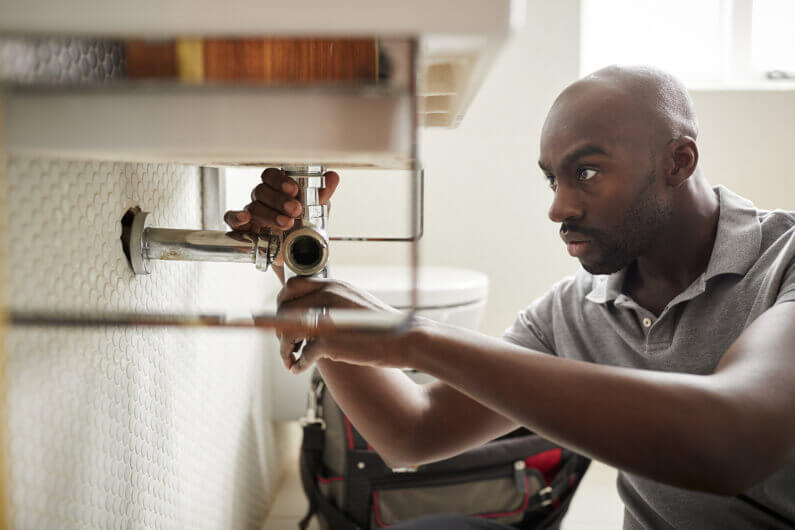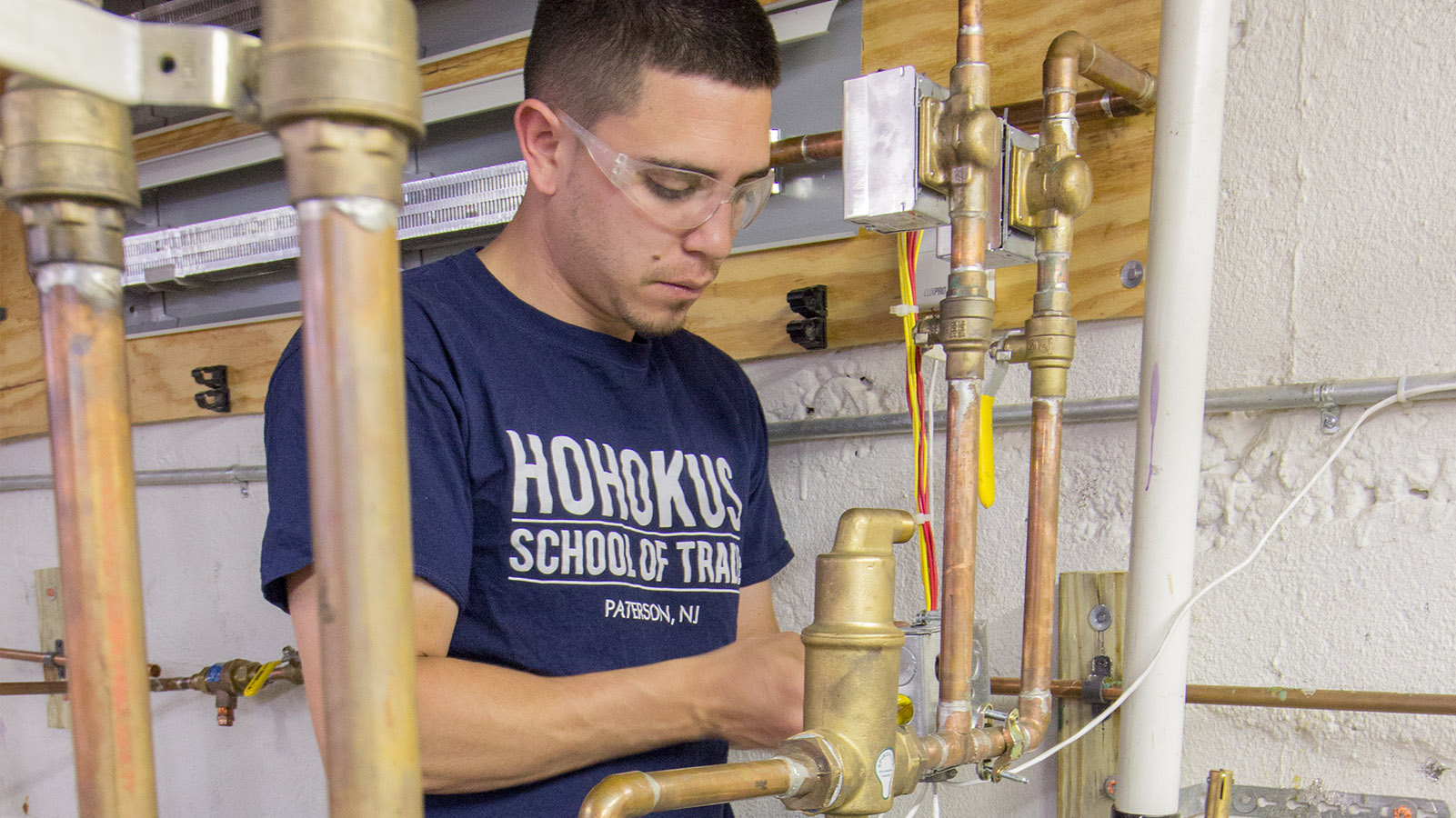Professional Drain Cleaning Alabaster AL to Maintain Your Pipeline Flowing
A Step-by-Step Overview to Reliable Hot Water Heater Installment for Optimum Efficiency
Beginning on the task of setting up a hot water heater is a venture that requires accuracy and an organized technique for accomplishing optimal performance. The procedure begins with the vital choice of selecting the appropriate heating unit tailored to the particular requirements of your household, considering factors such as type, size, and power source. Once selected, preparing the installation location to satisfy security standards is extremely important. Nevertheless, the journey doesn't finish here. As you continue, the ins and outs of connecting water lines and establishing up reputable electrical or gas connections wait for, appealing understandings into making certain effectiveness and integrity.
Selecting the Right Hot Water Heater

Following, take into consideration the dimension and capacity of the hot water heater. It's crucial to evaluate your home's warm water requirements, which can vary based on the number of owners and their use patterns. A device that's also little might cause not enough warm water, while an extra-large design may cause unneeded energy usage.
Effectiveness scores additionally play a critical function in choice. Search for hot water heater with high Power Aspect (EF) rankings, showing exceptional performance and decreased energy usage. Tankless models, though generally a lot more costly in advance, offer considerable energy cost savings in time because of their on-demand home heating capabilities.
Preparing the Installation Area
Prior to installing a brand-new water heater, thorough prep work of the installation location is important. It's crucial to gauge the space very carefully to accommodate the water heating system's dimensions, ensuring appropriate clearance around the system for efficient procedure and servicing.
Examine the flooring for security, as the water heating system will certainly require a strong, degree surface area to run properly. If necessary, install a drip pan beneath the unit to catch potential leaks or spills, preventing water damage to the surrounding location.
Additionally, ensure that all necessary tools and materials are on hand before commencing the installation. This includes items such as wrenches, screwdrivers, a degree, and any kind of added equipment required for securing the heater and mounting. A well-prepared installment location establishes the foundation for a successful hot water heater arrangement, maximizing efficiency and security.
Connecting Supply Of Water Lines
When linking supply of water lines to your recently installed water heater, it is crucial to ensure that all links are safe and leak-free to maintain efficient procedure and stop water damage. Begin by identifying the cool and hot supply of water lines. The cold water inlet is typically noted with a blue label website link or a "C", while the warm water electrical outlet is marked with a red label or an "H".
Usage versatile water heating system adapters to assist in an easier installment procedure. These connectors can take in vibration and enable small movement, lowering the danger of leakages. Before affixing the ports, place a plumbing technician's tape around the threaded ends of the water heater's inlet and electrical outlet pipes - Plumber Alabaster AL. This tape functions as a sealant, protecting against leaks. Carefully link the flexible hose pipes to the corresponding inlet and outlet, making certain that they are not over-tightened yet tight, which could harm the threads.
As soon as connections are in place, gradually switch on the major water system valve. Check each link for leaks by aesthetically really feeling and inspecting for dampness. Tighten up links as necessary, and guarantee the pressure safety valve is properly mounted, guarding versus too much stress accumulation.
Establishing Electric or Gas Links
Appropriately setting up the electric or gas links for your water heating unit is an essential action to make sure risk-free and efficient operation. For electrical water heating units, begin by validating that the electrical circuit is suitable with the heating unit's voltage and amperage requirements.
For gas water heaters, safety and security is vital. Confirm that the gas supply is off prior to proceeding. Attach the gas line to the hot water heater using a versatile gas connector, guaranteeing it is properly threaded and secured with pipe joint substance or Teflon tape suitable for gas links. Tighten the links with a wrench, making sure not to over-tighten (Plumbing Alabaster AL).
When links are made, inspect for any type of potential leaks. For gas lines, use a soapy water solution to the joints; bubbles suggest a leakage. For electrical connections, ascertain that all wiring is protected and appropriately shielded, maintaining compliance with neighborhood electrical codes.
Adjusting and checking for Performance
With the electrical and gas connections firmly in More Info position, the next step is examining the operational effectiveness of your water heating system. Begin by thoroughly transforming on the supply of water and making certain there are no leaks at any one of the valves or joints. As soon as confirmed, continue to load the container, taking notice of the pressure and temperature settings. It is advisable to set the thermostat to a recommended temperature of around 120 ° F(49 ° C) to balance power performance and convenience.
Next, carry out a detailed examination to ensure the heating elements or burner are operating appropriately. For electrical heaters, make use of a multimeter to confirm if the components are drawing the ideal current. In gas models, observe the heater fire; it ought to be steady and blue, showing effective combustion.
Readjust the settings as necessary to remove ineffectiveness. Consider applying insulation procedures, such as adding a water heating system blanket, to further boost performance by decreasing warm loss. Additionally, inspect the anode rod's problem, as a tatty rod can reduce effectiveness and result in container rust.
Verdict
Effective water heating system installation is important for making certain optimal performance and energy financial savings. Firmly attaching water supply lines and thoroughly setting up electrical or gas links decrease potential issues.

Properly setting up the electric or gas links for your water heating system is an essential action to ensure risk-free and effective operation. For electric pop over to these guys water heating units, begin by confirming that the electric circuit is suitable with the heater's voltage and amperage requirements. Link the gas line to the water heating unit making use of a flexible gas connector, ensuring it is correctly threaded and secured with pipeline joint substance or Teflon tape ideal for gas links.